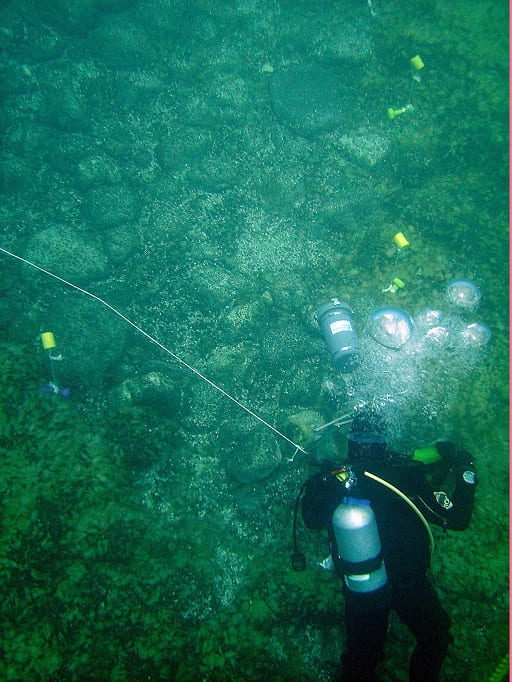Quagga Mussel Removal
In 2016, in collaboration with the National Park Service, we initiated a quagga mussel removal project near Sleeping Bear Dunes National Lakeshore in Lake Michigan. The primary objective of this experiment is to gain a better understanding of how the presence / absence of these invasive dreissenids affects benthic invertebrate community structure, nutrient dynamics, and algal growth on a rocky reef. Several years after mussel removal we discovered something we hadn’t expected. Quagga mussels were not recolonizing the rocks from which they had been removed. And so the project has evolved to address two additional questions: 1) What factors are preventing mussel recolonization? 2) Might it be possible to remove mussels at a spatial scale that is large enough to result in locally significant positive changes in community structure and function? So in 2021 we removed mussels from a larger rocky reef area near Sleeping Bear Dunes National Lakeshore, and in 2022 we initiated a new project in which mussels are being removed from soft sediment at deeper sites near Milwaukee, WI. This research is being conducted in collaboration with scientists and engineers at the NOAA Great Lakes Environmental Research Laboratory, with support from the Great Lakes Restoration Initiative and the Cooperative Institute for Great Lakes Research.

Diver removing quagga mussels from rocks.